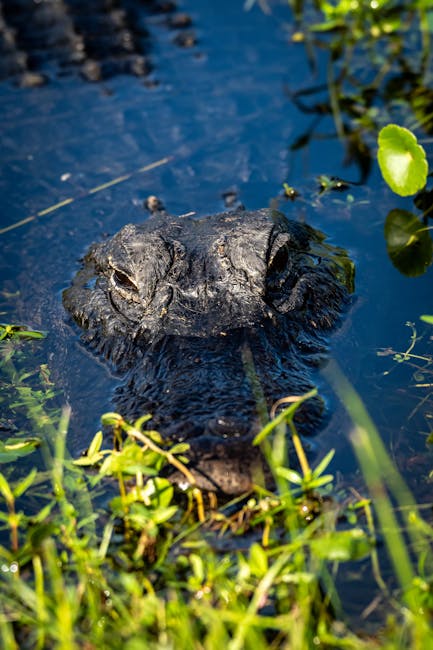When it comes to your pet’s diet, there are plenty of options available, but two of the most popular choices are raw food and kibble. Whether you have a new puppy or an older dog, ensuring that they have the proper nutrition is essential for their overall health and well-being. But should you feed your dog kibble, or should you opt for a raw food diet? To help you decide which is best for your beloved pet, let’s take a closer look at the advantages and disadvantages of both.
Raw Food Diets
A raw diet for dogs typically consists of uncooked meat, bones, and organs, as well as fruits, vegetables, and nuts in small amounts. Proponents of this diet believe that a raw diet is the most natural and healthy way for a dog to eat, as it mimics the diet of wild dogs and wolves. Raw diets often contain more protein, healthy fats, and fewer carbohydrates, which can help dogs maintain a healthy weight. Additionally, some believe that a raw diet can help improve a dog’s digestive health, as well as reduce inflammation and boost their immune system.
However, there are some potential drawbacks to feeding your dog a raw food diet. Firstly, there is the risk of illness, as raw food is more likely to be contaminated with bacteria or parasites. To reduce this risk, it is recommended that you buy your dog’s raw food from a trustworthy source and that you freeze it before feeding it to your pet. Raw diets can also be expensive since you will need to purchase high-quality meats, poultry, and fish to ensure that your dog is receiving the proper nutrition.
Kibble Diets
Kibble is the most popular designed dog food in the world. It is readily available at most pet stores, and it is affordable and convenient to feed. Kibble diets are formulated to provide dogs with a balanced and complete nutrition, containing a good mix of protein, carbohydrates, fats, vitamins and minerals. Many kibbles are made from high-quality ingredients, such as chicken, turkey, and fish, and contain fewer preservatives and additives than in the past.
However, some pet owners are concerned that kibble diets can be less nutritious than raw diets. Additionally, some kibbles contain fillers and artificial flavors and preservatives, which can be unhealthy for dogs. Some dogs also have difficulty digesting kibble, which can lead to digestive issues such as gas, diarrhea, and bloating.
Conclusion
So, which is the best diet for your dog?
The truth is that the best diet for your dog is likely to depend on their individual needs. Some dogs may do well on a raw food diet, while others may do better with a kibble diet. Regardless of which type of diet you choose, it is important to make sure that your dog is receiving the proper nutrition, and to take steps to ensure that their food is clean and free of contaminants.
To help you make the best choice for your dog, you may want to consult with a veterinarian, pet nutritionist, or other dog owners who have experience with these diets. They can help you determine which option is best for your pet, as well as provide you with information to help you make an informed decision.
In the end, the most important thing is to make sure that your dog receives the nutrition that they need to live a happy and healthy life. Whether you choose to feed them a raw food diet, a kibble diet, or a combination of both, as long as their diet is well-balanced, your pet should thrive.
